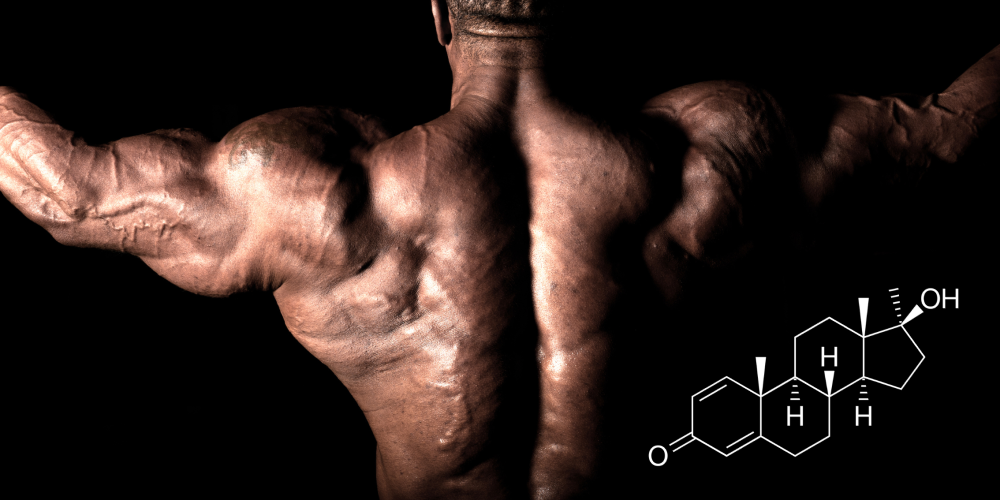Test E vs Test C
When it comes to running testosterone, many people struggle to choose between Testosterone Cypionate (Test C) and Testosterone Enanthate (Test E).
In this post, we will compare them with each other so you can choose the perfect Test ester for your needs.
HALF-LIFE COMPARISON
Test E has a half-life of approximately 5 days, whereas Test C is longer acting with a half-life of roughly 8 days.
On paper, this would mean that Test E has to be injected more often in order for one to keep stable blood levels, but in reality, both Test E and Test C users tend to inject every 3 to 5 days for maximum stability anyway.
NOTE: The exact half-life of Test C is not clear, as some sources cite it as 5 days, while others cite 7 to 8 days.
In any case, the actual half-life difference between these two esters does not really matter in the real world, even if cypionate is supposed to be slightly more stable after 5 days (you are not really going to feel a difference).
ESTER WEIGHT COMPARISON
Something many people don’t know is that when you inject, for example, 100mg of Test E, you are not actually getting 100mg of testosterone into your body because a significant percentage of those 100mg is made up by the ester.
In the case of Test E, the enanthate ester makes up 30% of the formulation, meaning that we get 70% testosterone (that would be 70mg of testosterone for every 100mg of Testosterone Enanthate if we follow the previous example).
Test C is quite similar with the cypionate ester making up 31% and the actual testosterone representing 69% of the formulation (that would be 69mg of testosterone for every 100mg of Testosterone Cypionate if we follow the previous example).
As you can see, the difference is almost negligible, meaning that this should not really be a concern when choosing between Test E and Test C.
POST-INJECTION PAIN COMPARISON
When it comes to PIP, some people report that Cypionate is more painful while others say that Enanthate is worse.
While it is true that Cypionate has a higher melting point than Enanthate (which would make it more likely to cause PIP), the carrier oil used in the formulations needs to be taken into account.
Different pharmaceutical companies and underground labs use different carrier oils for their Test E and Test C formulations, so the PIP may vary depending on the manufacturer.
All in all, Test C is believed to be slightly more likely to cause bad PIP than Test E, but it may take some trial and error to figure out which one you respond best to in terms of PIP.
Regarding the administration route, Test E is usually the preferred ester for intramuscular injections, whereas Test C is what people who want to inject Test subcutaneously tend to choose.
CONCLUSION
In conclusion, both esters are almost interchangeable due to their similar half-lives and ester weights. Even their prices are almost always identical, so if you are struggling to choose between the two, go for whichever one you have easier access to.
If you have equally easy access to both, then pick Test E if you want to inject it intramuscularly or pick Test C if you want to inject it subcutaneously.









